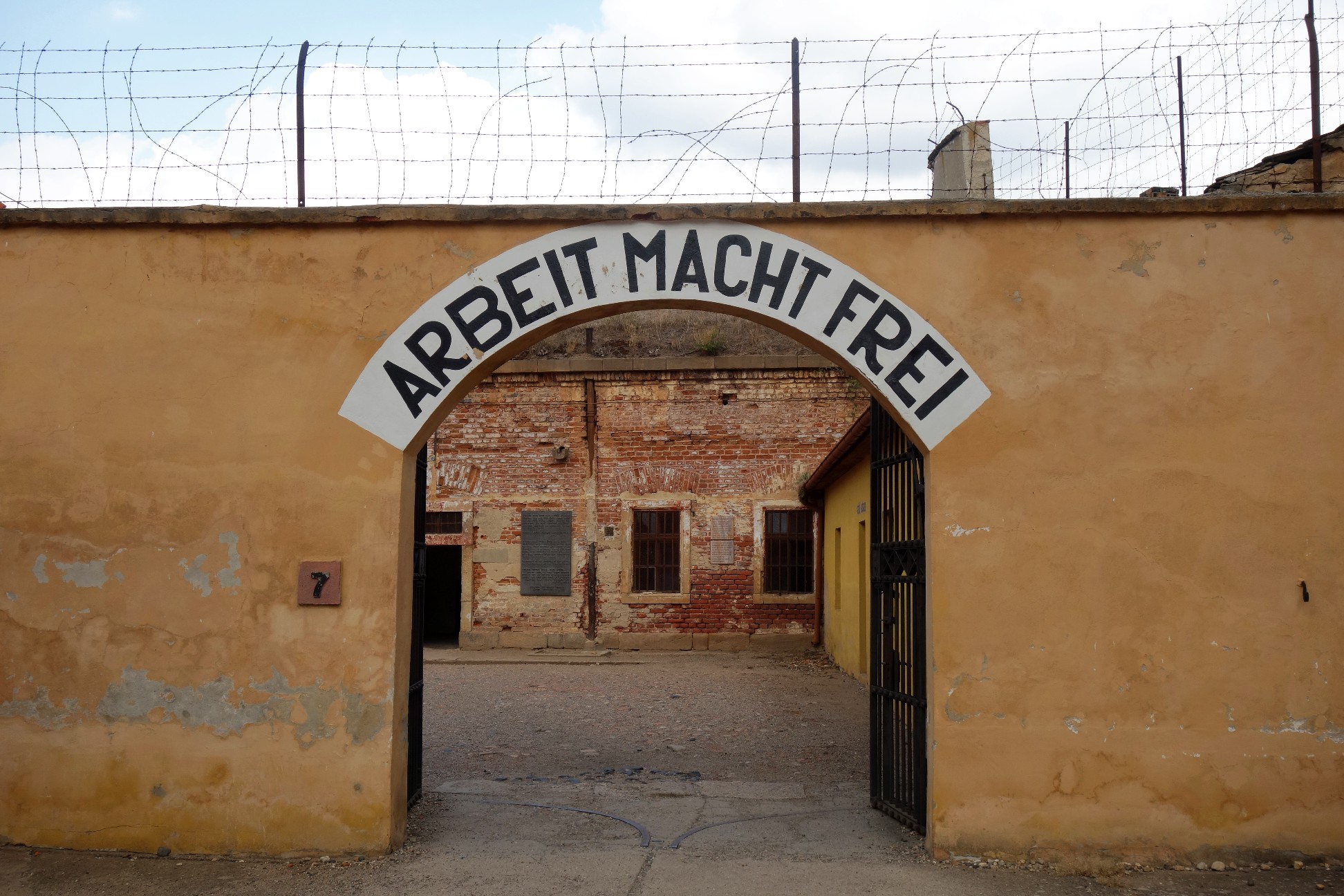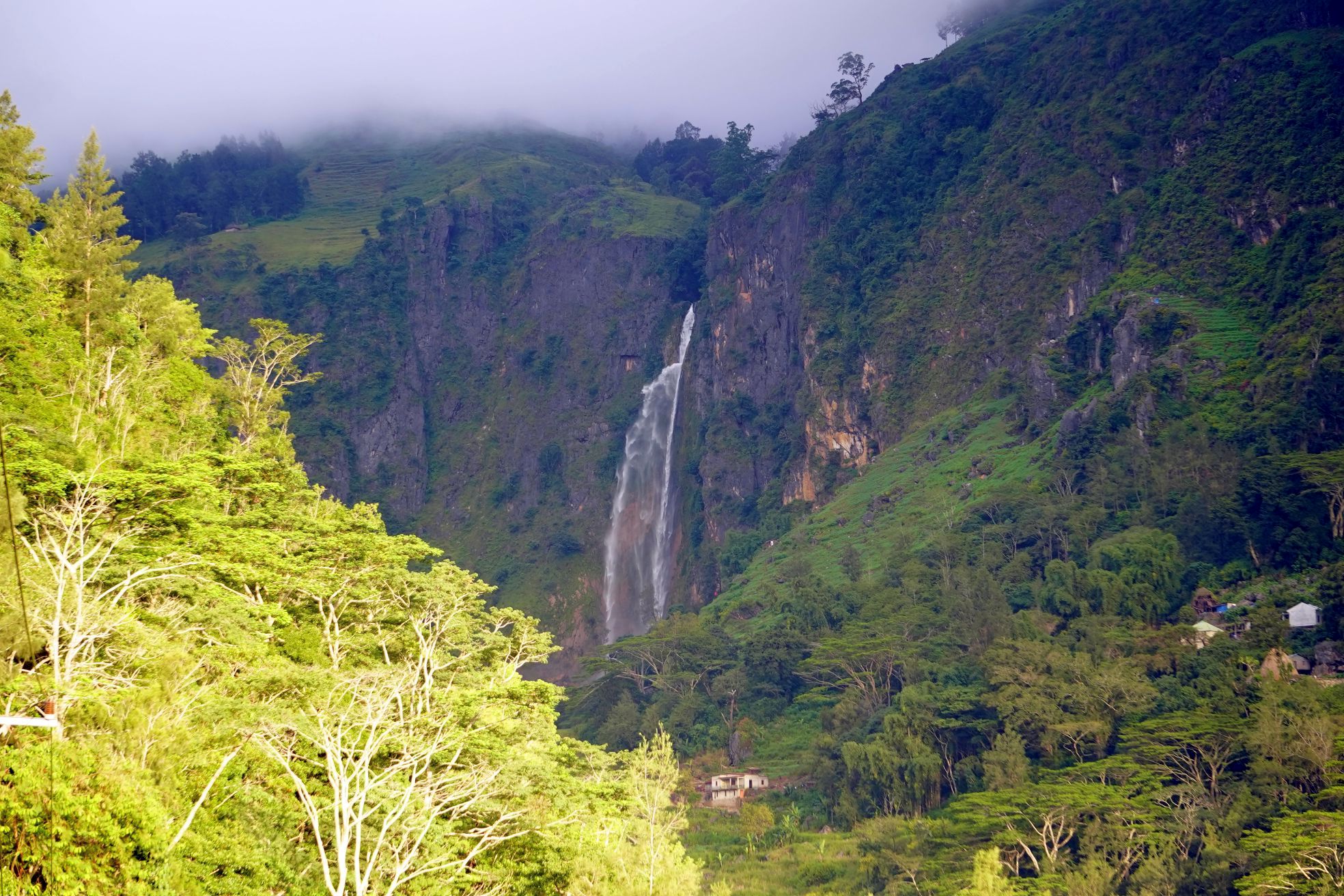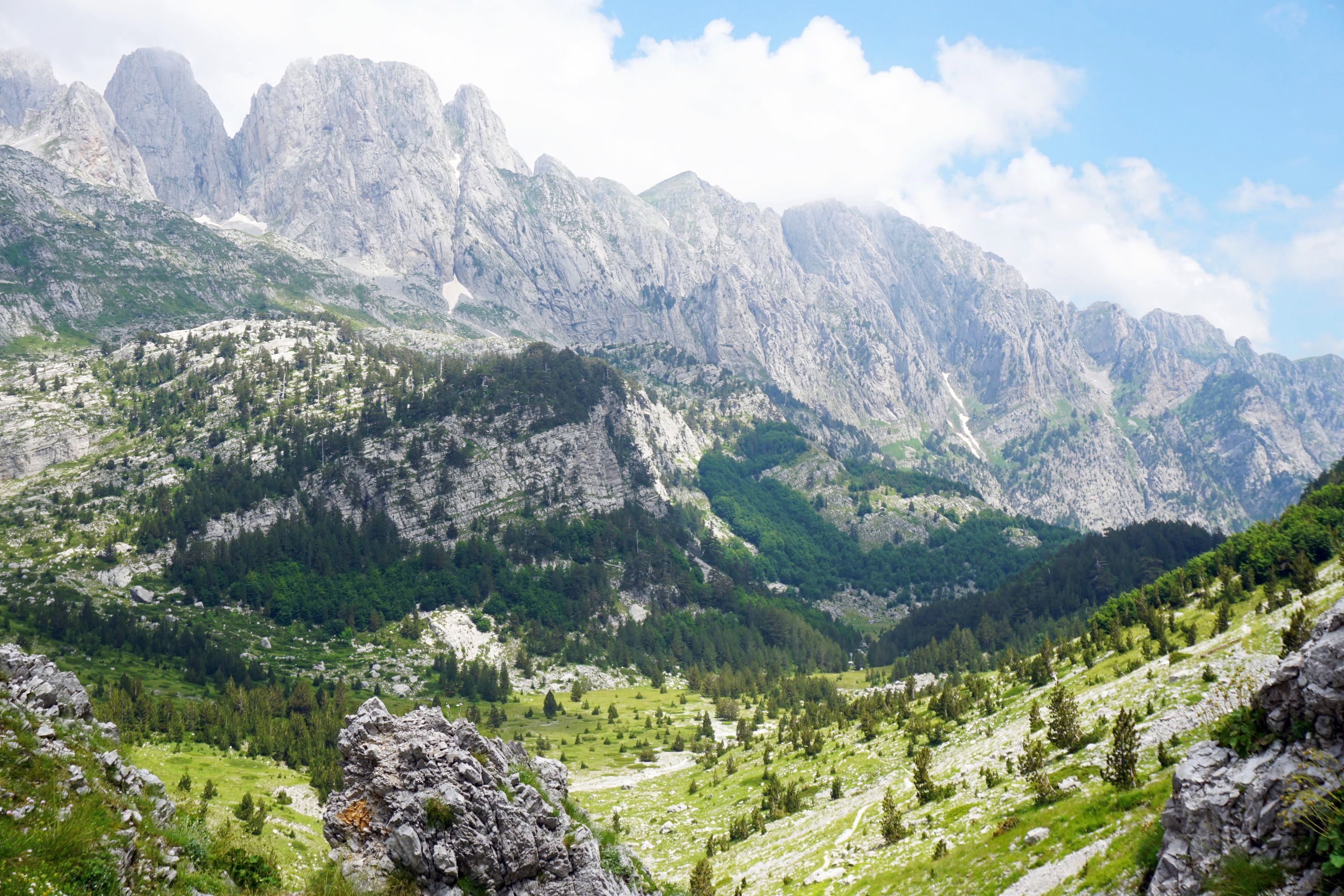A morbidly and horrifically fascinating place, Terezín has an eventful history. Under the Habsburg Empire a citadel (the Small Fortress) and walled town (Main Fortress, now the town of Terezín) were constructed at the end of the 18th century. During WW1 the Small Fortress was used as a prison for political prisoners, including Franz Ferdinand’s assassin Gavrilo Princip. Between the wars it was classed as part of the Sudetenland, which Nazi Germany annexed in 1938.
During WW2 the town and Small Fortress were used as a ghetto and concentration camp, though not specifically as an extermination camp. Due to horrific overcrowding and poor living conditions tens of thousands died anyway, and many tens of thousands more were deported to Auschwitz and other extermination camps.
As one of the closest camps to Germany Terezín was used for propaganda purposes, with staged films made of happy Jews playing football, and a facade of shops and banks in the Jewish ghetto for visitors from the International Red Cross.
Terezín is about an hour north of Prague, easily visited as a day trip, which adds yet more perspective after visiting Prague’s Jewish Quarter.
The Former Magdeburg Barracks plays the propaganda film made (rediscovered twenty years after the war), which was played to German and international audiences long after almost everyone shown in the film had been sent to extermination camps.
Terezín was home to a large number of people involved in the creative industries, whose work was encouraged in the ghetto, leaving behind a valuable record of music, artwork and literature, though the vast majority was destroyed by the Nazis. Some of it is on display, along with examples of the cramped living conditions, with the distinctive and horrific yellow stars on clothing.
Outside the Small Fortress is the National Cemetery, home to the remains of about ten thousand people, with around 2,400 graves soberly laid out in rows.
The Small Fortress, like many of the concentration camps, has the horribly misleading statement Arbeit Macht Frei (“Work Sets You Free”) above the gate.
Inside are a grim procession of rooms, the administration rooms where new arrivals were processed, then the cramped chambers they lived in. Many would work twelve hour shifts at factories 7km walk away, living on small amounts of poor quality bread.
It was a heart stopping moment to walk into a shower room, though unlike at other concentration camps this was actually used for showers, not gas.
Sealed up during WW2 but there are extensive tunnels around the Small Fortress complex (and even more extensive ones under Terezín itself). We walked what felt like a very long 500m along this tunnel.
To come out by the grand Commandant’s house where he lived with his wife and two daughters. They had their own cinema and swimming pool.
Back in Terezín the Ghetto Museum is housed in the old school and provides more exhaustingly horrific information.
Finally I took a quick look after what felt like a ghost town of grand old buildings, home to such history.






























Leave a Reply